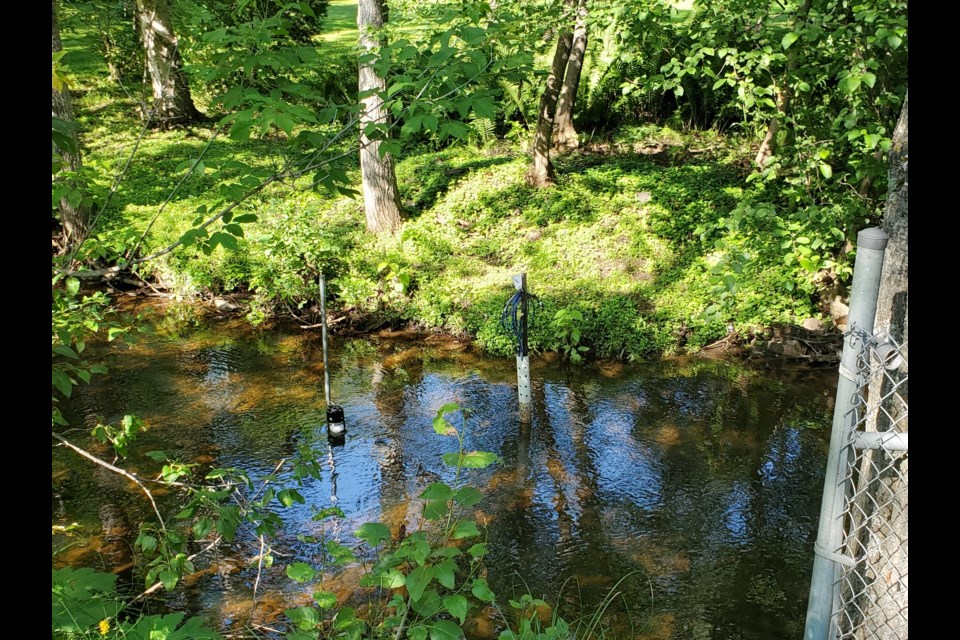THUNDER BAY — Brant Muir aims to find out if Thunder Bay's 'green' stormwater infrastructure facilities are making a difference.
Muir is a PhD student in the Forest Sciences program at Lakehead University.
In partnership with the Lakehead Region Conservation Authority, and with the collaboration of the City of Thunder Bay, he's looking into whether the bioretention facilities in which the city has invested hundreds of thousands of dollars are doing what they're designed for.
Over the next three years, Muir's research will determine to what extent they are improving downstream water quality, reducing flow rates and mitigating the risk of flooding.
The study involves measuring the water quality of McVicar Creek as well as collecting flow and water quality data from existing green infrastructure facilities within the McVicar Creek and Current River watersheds.
Muir has placed some monitoring equipment along the creek and at Boulevard Lake.
He hopes his work will fill gaps in understanding the functionality of green stormwater infrastructure, and how it can improve water quality while reducing flood risk in order to help build climate resiliency in Canadian cities.
Although they are sometimes referred to as urban rain gardens, Muir said bioretention facilities such as a large one near Hinton Avenue in the Grandview area are distinctly different from the kind that homeowners might install on their own property.
They are held to more stringent engineering standards, generally treat much larger catchments, and use engineered soil layers.
The facility he's studying along McVicar Creek cost $235,000 to install.
It's supposed to retain stormwater and help prevent downstream flooding.
The bioretention facility is also intended to improve the quality of stormwater before it enters the stream.
McVicar Creek has been found in the past to have significantly impaired water quality due to runoff.
Muir said aquatic invertebrates are the most sensitive to diminished water quality and are therefore considered to be "indicator species."
He'll be monitoring the water quality both above and below the bioretention facility in order to gauge the difference between the untreated and treated water.
There are currently four bioretention facilities in the McVicar Creek watershed, with half a dozen more in the planning stages.
Although the creek is the main study site, Muir is also collecting data from two locations at Boulevard Lake, where he'll compare the quality of water going into a bioretention facility with water that leaves after being filtered.
Muir said he's received a lot of support for his project from City of Thunder Bay staff.
The city's stormwater management plan has identified locations for hundreds of facilities to be developed on city-owned land over a period of about 20 years.
